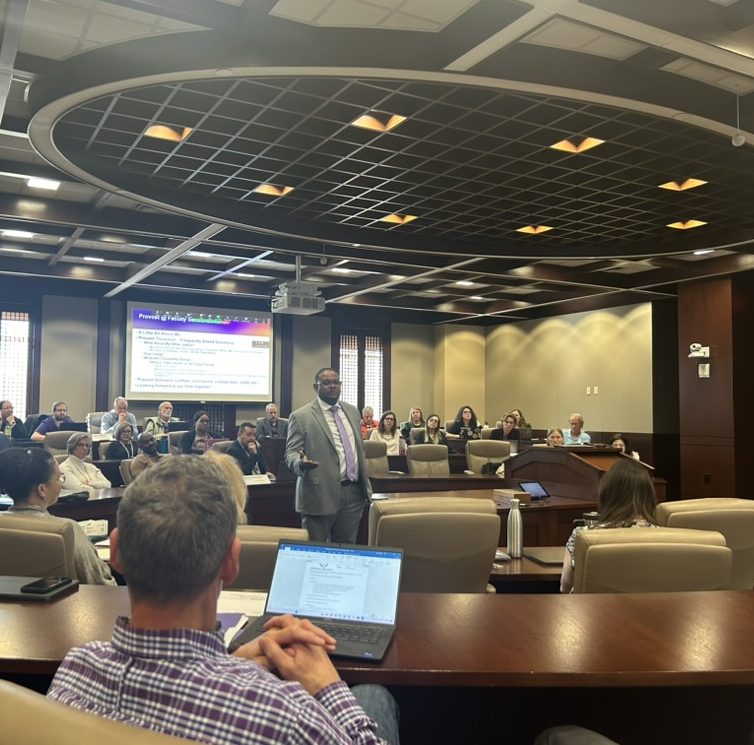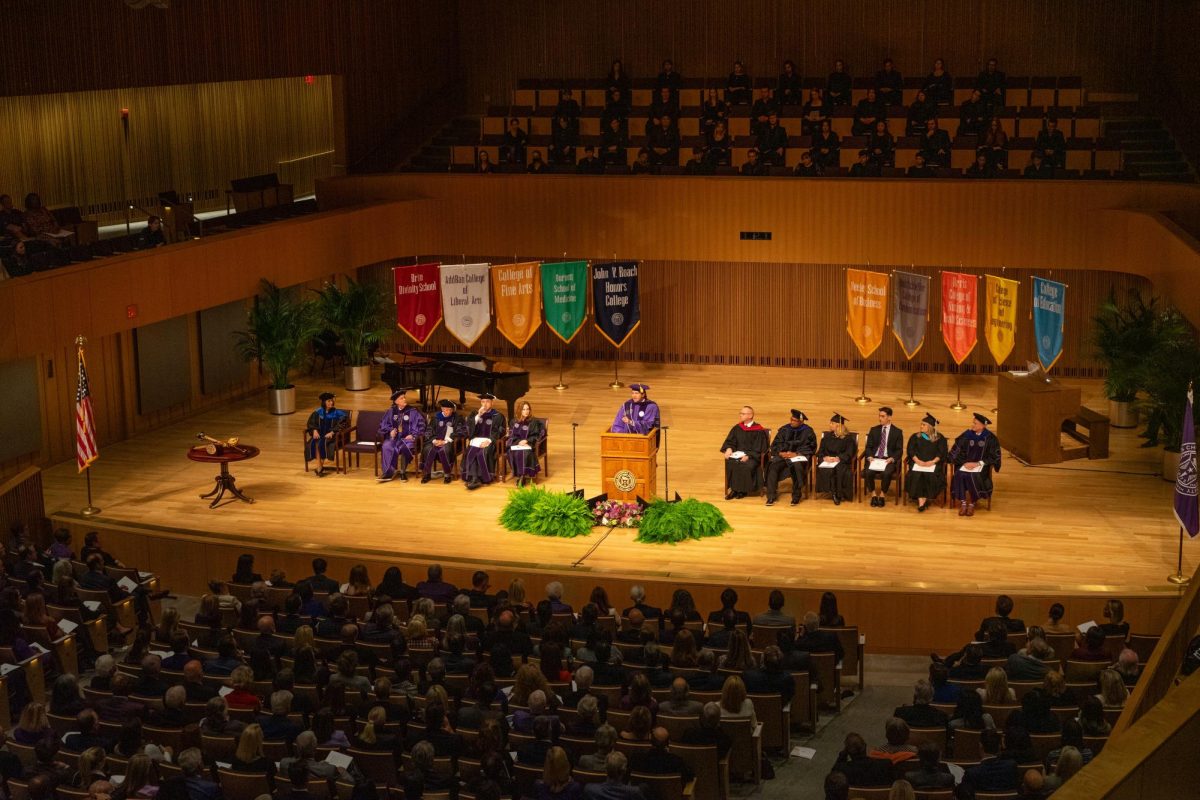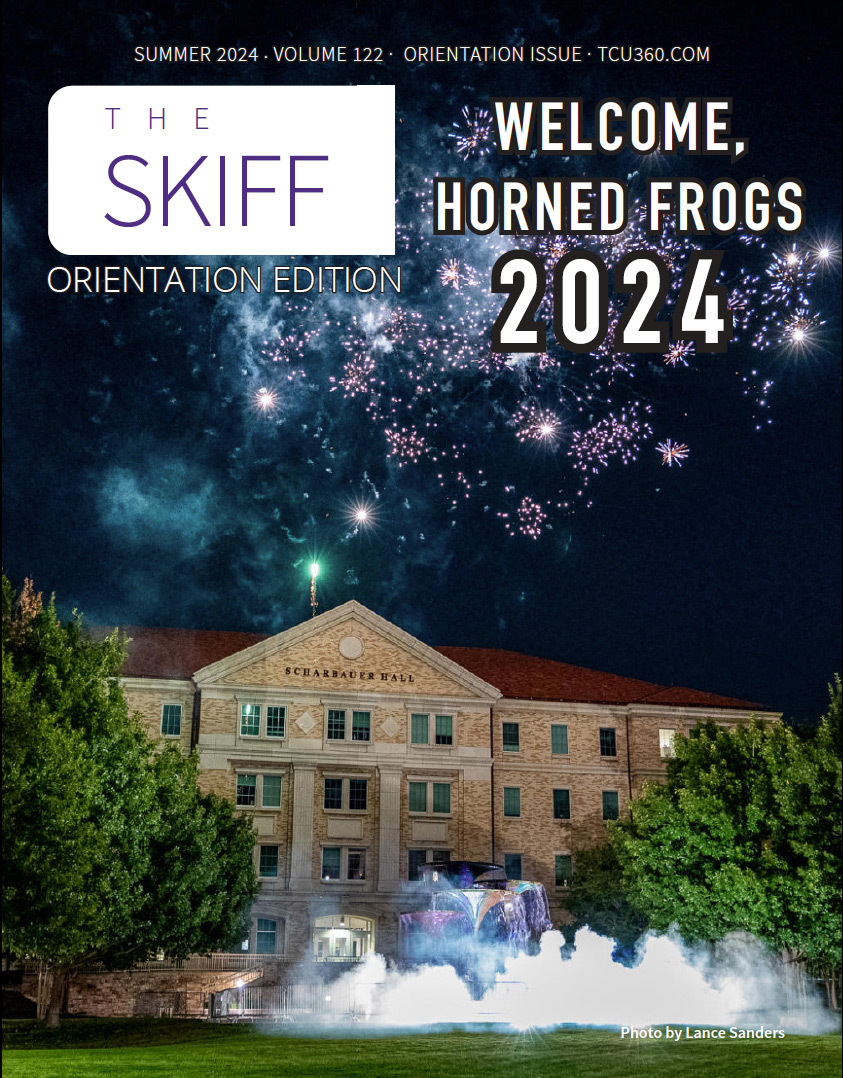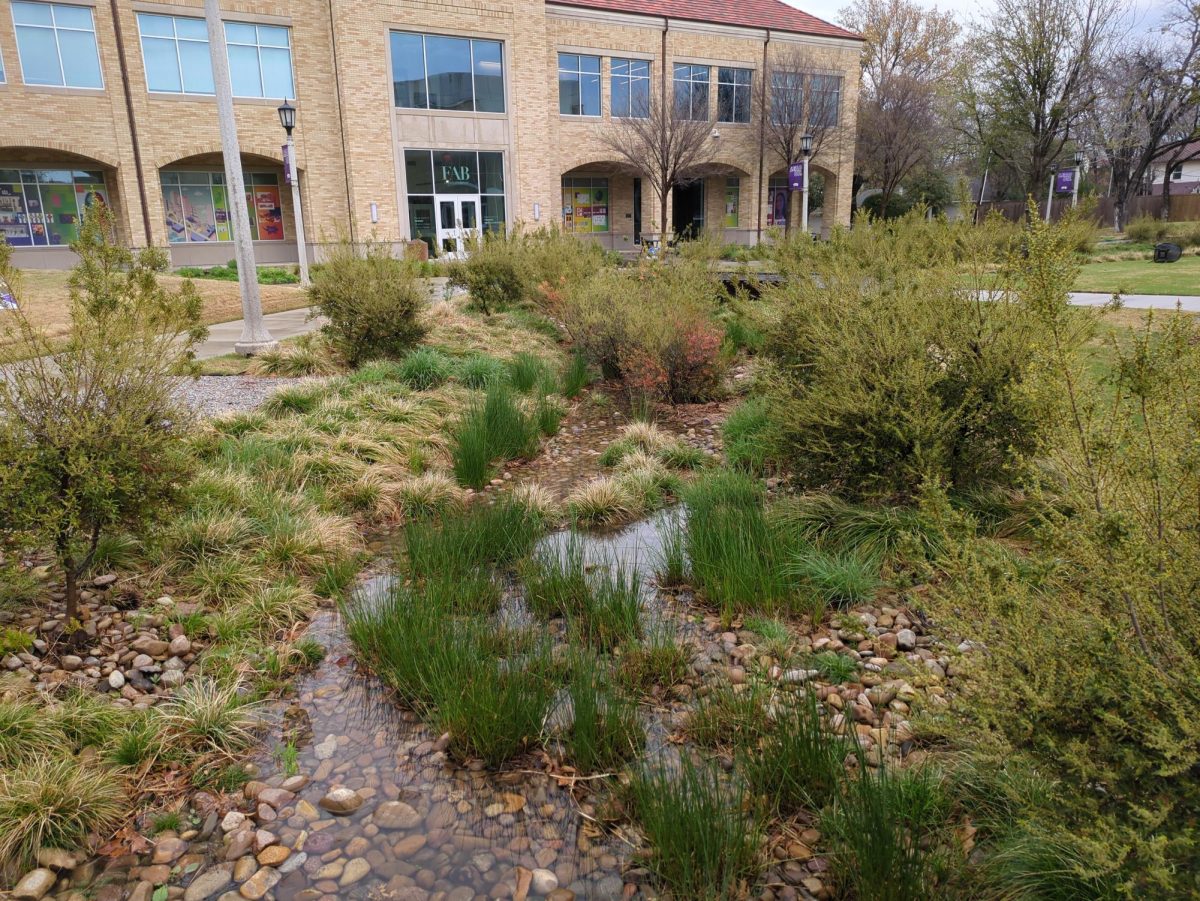A presentation by the committee for diversity, equity and inclusion (DEI) Tuesday drew numerous questions from attendees about concrete steps TCU is taking to promote their initiatives.
Chancellor Victor Boschini responded to those questions with a call to action.
“The philosophy of our committee is that we won’t be doing these things – you will,” Boschini said when questioned about the hiring of more faculty of color. “If it hasn’t happened, it’s because you didn’t ask for it enough.”
Recruitment of faculty of color was only one of the topics covered by the co-chairs of the DEI committee: Aisha Torrey-Sawyer, director of diversity and inclusion initiatives, and Karen Steele, associate vice provost and dean of the school of interdisciplinary studies.
The presentation began with a brief rundown of TCU’s demographics, including a graph illustrating the number of students of color and how that number has changed over time.
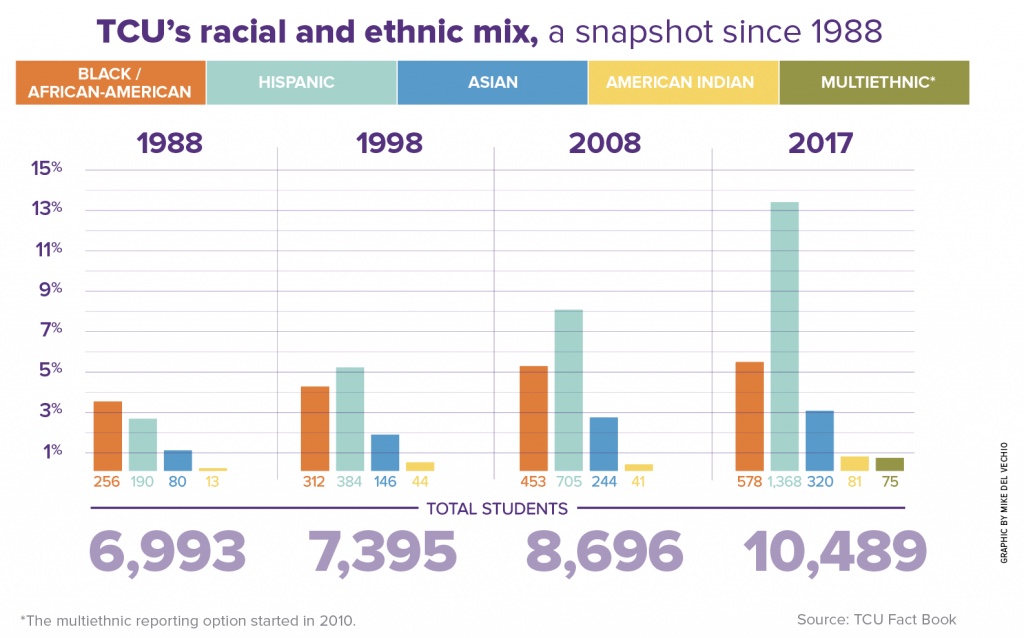
The illustration wasn’t without its share of controversy – some in attendance felt it was a dangerous way to present the data.
“The graph perpetuates the idea that whiteness is the norm,” said Hope Bentley, a senior psychology major. “Intentional or not, it supports the system that makes people of color feel like an outlier.”
Torrey-Sawyer and Steele then covered the committee’s investigation of issues of diversity, equity and inclusion on campus. This process included focus groups, surveys and more.
Their research yielded information about how both faculty of color and students of color felt uncomfortable on campus. Problems that were identified included a lack of diversity on campus, feelings of exclusion, and biased or discriminatory comments in the classroom.

To address these issues, the DEI committee laid out a strategic plan. Its “four principal goals” include:
- ATTRACT: The university aims to enhance recruiting and retention of under-represented students, faculty and staff.
- TEACH: The university aims to bolster curriculum, training and other academic initiatives that promote an understanding of DEI.
- REACH: The university aims to increase outreach and engagement with external communities and schools with large proportions of under-represented groups.
- EMBRACE: The university aims to promote a campus environment that is welcoming for all and free of bias.
Steele identified TCU’s recent accomplishments in areas of diversity, equity and inclusion. Foremost among these was the INSIGHT into Diversity Higher Education Excellence in Diversity (HEED) award. According to Steele, about 400 universities applied for this award and 96 received it.

After the presentation, Torrey-Sawyer and Steele fielded questions from the audience. One topic that arose was the level of support the DEI committee received from the TCU Board of Trustees.
“It’s often thought that they have different values than the ones we have here, but in fact, we are working in alignment,” Steele said.
Another question was about cluster hiring – the process of hiring multiple scholars into one or more departments based on shared, interdisciplinary research interests, according to an article by Inside Higher Ed. When this idea was mentioned, Steele brought up an alternative.
“We, as a university, have about a third of our staff and faculty who will be retiring shortly,” Steele said. “In that, we have something built in that’s a real opportunity for all of us.”
Steele later defined “shortly” as within the next five years. Boschini also rebuked the notion of cluster hiring, insisting that any changes in hiring methods needed to come from each of the academic departments.

While the progress presented by the DEI committee fostered positivity among attendees, there was an acknowledgment of the work yet to be done.
“I thought it was great how they presented their plans and their accomplishments,” Bentley said. “That said, I would like to see more of an emphasis on improving the student experience.”
Boschini believes more conversations are essential to solving TCU’s DEI dilemma.
“The only way to keep making TCU more diverse and equitable is to keep talking about these issues,” Boschini said. “I know that’s uncomfortable, but I think that through discomfort comes growth.”


